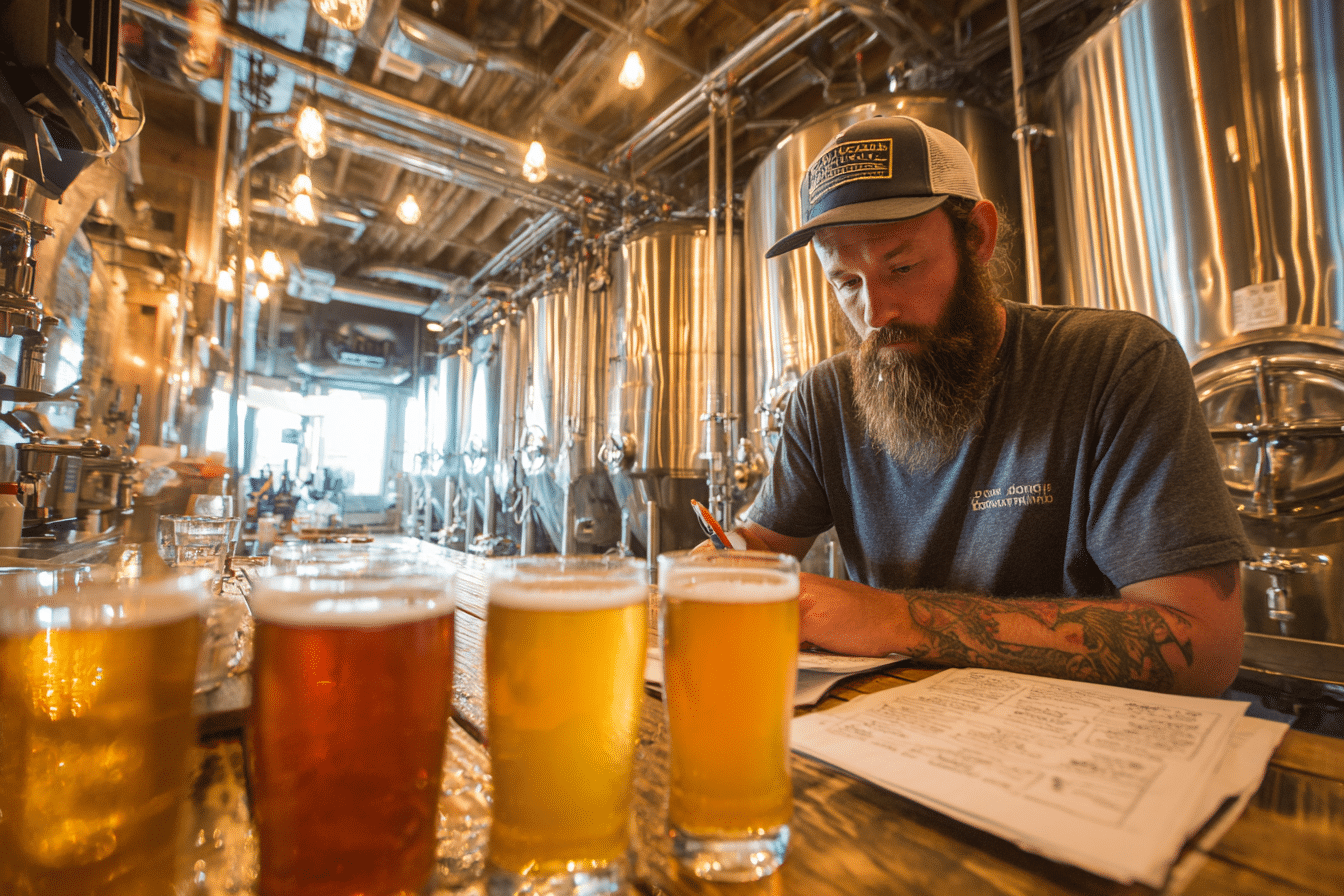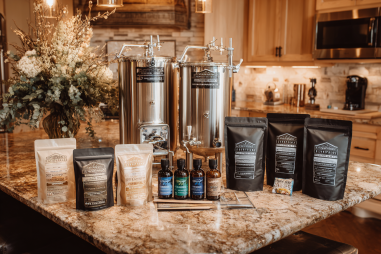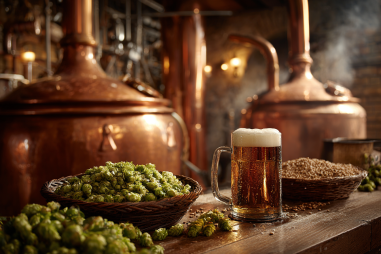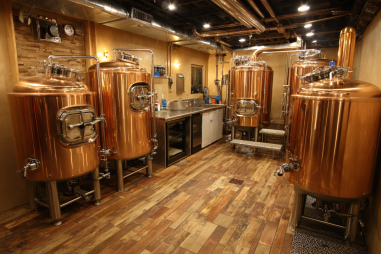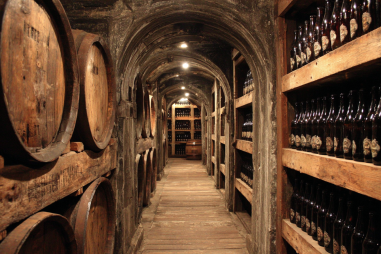Mastering the craft of brewing an American Light Lager requires a delicate balance of techniques that emphasize precision and control. Known for its crisp, clean taste and easy drinkability, this style stands out because of its subtle flavors and light body. Achieving these characteristics hinges on specific brewing steps, starting from mashing all the way to fermentation and finishing touches. Let’s dive into the essential methods professional brewers use to create that iconic American Light Lager profile.
Mashing Methods Ideal for Light Lagers
The mashing process is fundamental when brewing any beer, but it’s especially crucial for light lagers, where a clean and light body is desired. The primary goal during mashing is to extract fermentable sugars while minimizing the extraction of heavier dextrins, which can add unwanted body and sweetness.
For American Light Lager, a single-infusion mash is typically preferred, usually held at a temperature between 148°F and 152°F (64°C to 67°C). This lower temperature range encourages the activity of beta-amylase enzymes, which break down starches into more fermentable sugars like maltose. The result is a lighter, more fermentable wort that will contribute to a crisp finish.
Many brewers extend the mash time slightly (60 to 90 minutes) to ensure full conversion. Additionally, using predominantly adjunct grains such as corn or rice alongside a base malt like pale barley malt helps lighten the beer’s body. Adjuncts have less protein and complex sugars, contributing to the beer’s delicate texture and clean flavor.
Temperature Control During Fermentation
Fermentation temperature is one of the most critical factors influencing the flavor profile of an American Light Lager. Maintaining cool and consistent temperatures allows the yeast to produce clean, neutral flavors without creating unwanted esters or phenolics.
The recommended fermentation temperature for this style generally ranges from 48°F to 55°F (9°C to 13°C), which aligns with typical lager fermentation practices. Keeping the temperature within this range slows down yeast metabolism, resulting in fewer fruity byproducts and a more refined beer.
Using a temperature-controlled fermentation vessel is highly beneficial. Many brewers employ fermentation chambers or glycol jackets to maintain consistent temperatures. Avoiding temperature fluctuations is key because spikes can lead to off-flavors and inconsistencies.
Yeast Management for Clean Flavor Profiles
The choice and management of yeast are central to crafting the crisp, clean character unique to American Light Lagers. Lager yeast strains (Saccharomyces pastorianus) are bottom-fermenting and thrive in cooler environments, producing fewer esters and phenols than ale yeasts.
It’s important to pitch an adequate amount of healthy yeast to ensure a clean fermentation. Underpitching can stress the yeast, causing off-flavors and longer fermentation times. Many brewers opt for a large starter or a yeast propagation technique to build a healthy yeast population before pitching.
Oxygenation of the wort before pitching is also necessary. Yeast need oxygen to build strong cell walls and reproduce efficiently. However, oxygen levels must be carefully controlled and introduced only before fermentation starts to avoid oxidation issues later.
Filtration and Clarity Enhancement
One of the hallmark visual qualities of an American Light Lager is its bright clarity. Achieving this level of clarity requires thorough removal of yeast, protein haze, and other particulates.
Most professional brewers use a combination of cold conditioning (lagering) and filtration techniques. During lagering, which can last several weeks at near-freezing temperatures, suspended yeast and proteins gradually settle out, naturally clarifying the beer.
Beyond cold conditioning, brewers often employ filtration methods such as diatomaceous earth (DE) filtration, plate filtration, or membrane filters to polish the beer. These processes remove finer particles and contribute to that crystal-clear appearance.
Many also add fining agents, like polyvinylpolypyrrolidone (PVPP) or silica gel, during conditioning. These substances bind to haze-forming proteins and polyphenols, accelerating their removal.
Carbonation Methods Suitable for Light Lagers
Proper carbonation is essential for the refreshing mouthfeel and visual appeal of American Light Lagers. The carbonation level typically falls between 2.5 and 2.8 volumes of CO2, which produces noticeable effervescence without overwhelming the light body.
There are two main methods for carbonating light lagers:
- Natural Carbonation (Bottle Conditioning): This method involves adding a measured amount of fermentable sugar before sealing the beer in bottles or kegs. The yeast consumes the sugar and produces CO2, naturally carbonating the beer. While natural carbonation can provide a finer bubble structure, it requires careful control to avoid overcarbonation.
- Forced Carbonation: More common in commercial and homebrewing settings, forced carbonation injects CO2 directly into the beer under pressure using a carbonation stone or inline system. This allows precise control over carbonation levels and is faster compared to bottle conditioning.
Regardless of the method, maintaining cold temperatures during carbonation helps CO2 dissolve efficiently and retain a stable effervescence.
Common Brewing Challenges and Solutions
Brewing an American Light Lager can present several challenges. Here are some common issues along with strategies to overcome them:
- Off-Flavors: Due to the subtle nature of light lagers, any off-flavors are more noticeable. Maintaining strict sanitation, keeping fermentation temperatures low, and pitching adequate yeast health are key to avoiding desirable byproducts like diacetyl (buttery flavor) or DMS (cooked vegetable aroma).
- Clarity Problems: Hazy or cloudy beers can detract from the expected crisp look. Cold crashing the beer, using finings, and thorough filtration can help maintain crystal clarity.
- Body Too Heavy: Too much residual sweetness or body can result from high mash temperatures or insufficient adjunct usage. Sticking to lower mash temperatures and using rice or corn adjuncts balances fermentability for a lighter profile.
- Foaming (Head Retention) Issues: Light lagers naturally have less protein, which can affect foam. Using specialty malts or adjusting grain bills modestly can enhance head retention without increasing body.
Best Practices for Brewing American Light Lager
To consistently brew outstanding American Light Lagers, brewers should focus on precision and control throughout the process. Here are some best practices to keep in mind:
- Use a well-modified base malt with adjuncts like corn or rice to achieve a lighter body and cleaner flavor.
- Maintain strict control over mash temperature, targeting the lower end of the saccharification range to maximize fermentability.
- Implement rigorous temperature control during fermentation to prevent off-flavors and preserve the beer’s crispness.
- Pitch an ample amount of healthy lager yeast and oxygenate wort properly before fermentation.
- Allow for sufficient cold conditioning and use filtration or finings to achieve that bright clarity.
- Choose an appropriate carbonation method and target moderate CO2 volumes to enhance drinkability.
- Continuously monitor and adjust brewing parameters based on sensory feedback to refine your process.
By honing in on these techniques, both homebrewers and professionals can master the art of American Light Lager brewing, delivering a refreshing, clean, and highly drinkable beer that honors the style’s celebrated tradition.

